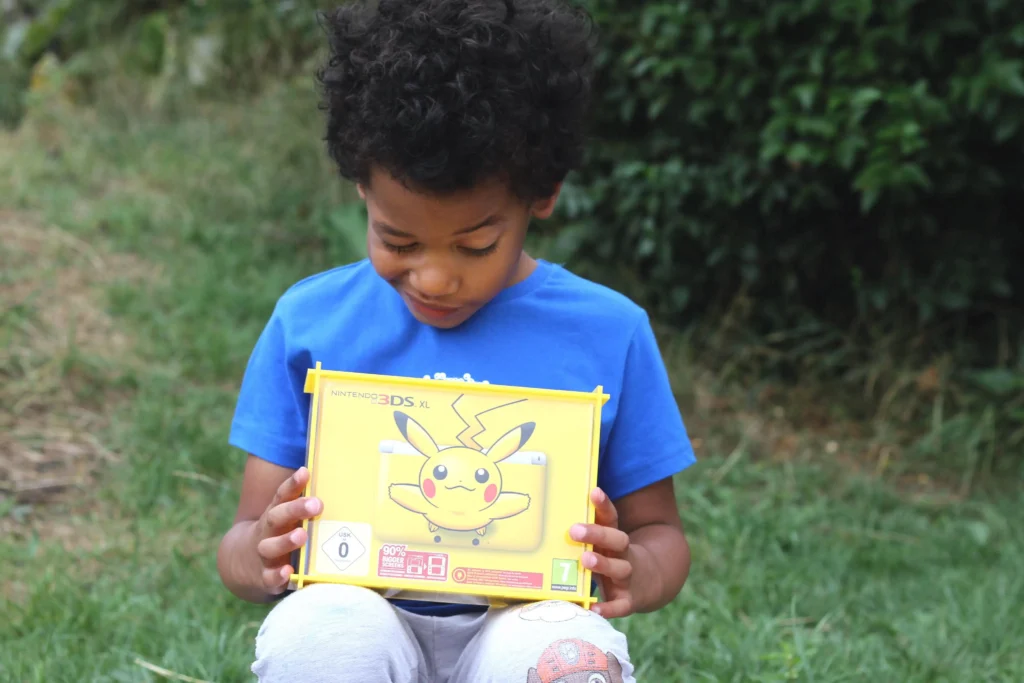News
The Next-Gen War – Who will take the crown this year?
Last-Gen
November 2013 brought us two very high quality consoles; the PS4 and the Xbox One. Looking back on sales, it’s fair to say that Sony won that battle, outselling the Xbox One astronomically with an estimated 109 million units sold, compared with just 41 million units sold by Microsoft, totalling a staggering difference of 68 million units.
The consoles themselves have relatively similar specifications, the Xbox One launched with a custom, 1.75GHz AMD 8-core CPU, while the base PS4 CPU remained clocked at 1.6GHz and contained a similar custom AMD 8-core CPU with x86 based architecture. The PS4 hosted a 1.84 teraflop GPU that’s based on AMD’s Radeon technology, where the original Xbox One graphics chip, also with an AMD Radeon GPU, had 1.31 teraflops. Both systems had 8GB of RAM at launch. Overall, both systems were powerful and were similar when it came to performance.
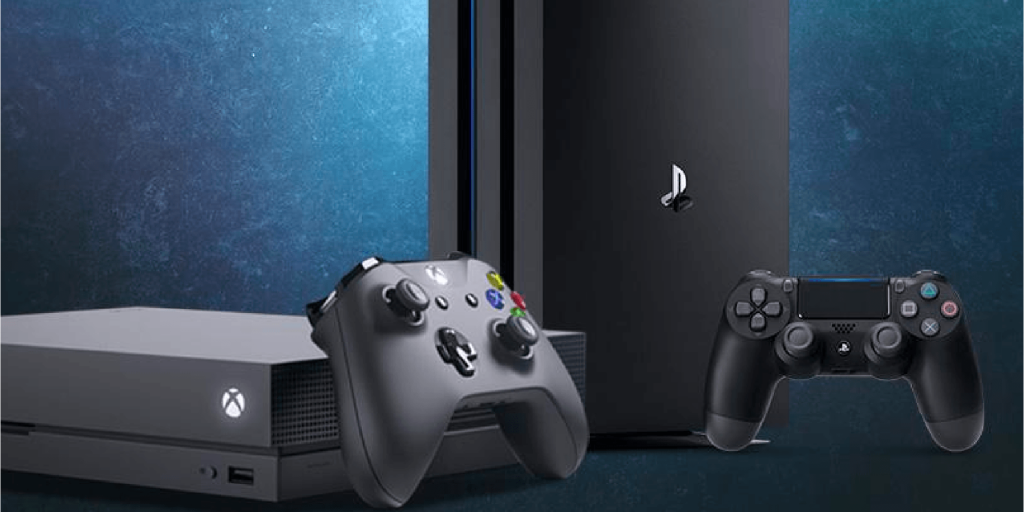
Bigger Fan Base?
As of September 2020, PlayStation’s fan base is ridiculously bigger than Xbox, something that you wouldn’t expect from the two leading gaming console brands. On Instagram, PlayStation has 26.7 million followers compared with Xbox’s 11 million. Facebook presents the same story, PlayStation has 39M, whereas Xbox has almost half of that with 21M. On Twitter, it’s a little more even; 19.3M followers to 14.4M. Finally, PlayStation’s YouTube channel entertains 11.9M subscribers to Xbox’s pitiful 4M. Totalling 96.9M for PlayStation and 50.4M for Xbox.
However, the killer may have come at the E3 conference, where Microsoft told their fans that the Xbox One would launch at $499 in the US. A day later, Sony undercut them and announced a $399 price tag for the PS4. With the PS4 $100 cheaper than the Xbox One, a much bigger fan base, and an almost identical console to Microsoft’s Xbox One in terms of spec, it was Sony’s battle to lose. And so that proved, with Sony’s sales blowing the Xbox One out of the water by a sales ratio of over 2.5 to 1.
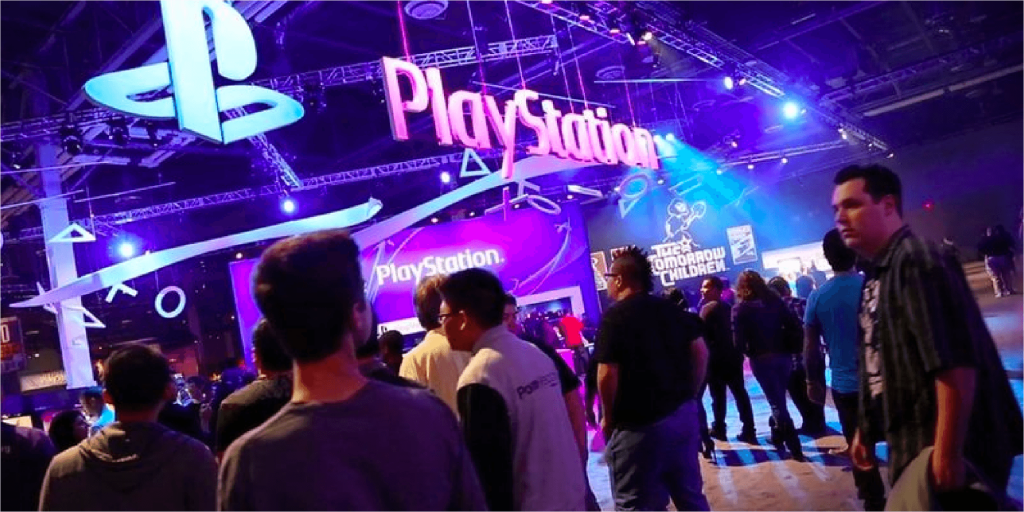
Xbox Series X
Seven years on from Microsoft and Sony’s previous console battle, and Microsoft are very keen not to make the same mistake again. However, rather surprisingly, they chose to announce their prices and release date before Sony. Clever marketing or are they shooting themselves in the foot? Their prices starting from $299 for the Series S and then $499 for the Series X and a release date of November 10th. The crazily cheap price of the Series S is surely a must for any child wanting a Next-Gen console for Christmas.
Xbox has released a spec list for its Next-Gen lineup, the Series S is clearly less powerful, but it still holds up decent. The Xbox Series X and Series S is powered by a custom Zen 2 eight-core processor, the Series X CPU will run at 3.8GHz per core, the Series S will run at 0.2GHz less. The main difference is the graphics, with the Series X sporting 12 TFLOPs of RDNA 2 graphics where as the Series S only has 4 TFLOPs. The RAM is also significantly different, with the Series X hosting 16GB of GDDR6 RAM, while its stablemate will have 10GB. Finally, the Series X will be able to run games in full 4K resolution, the Series S is limited to 1440p, although both consoles will run games at 60fps.
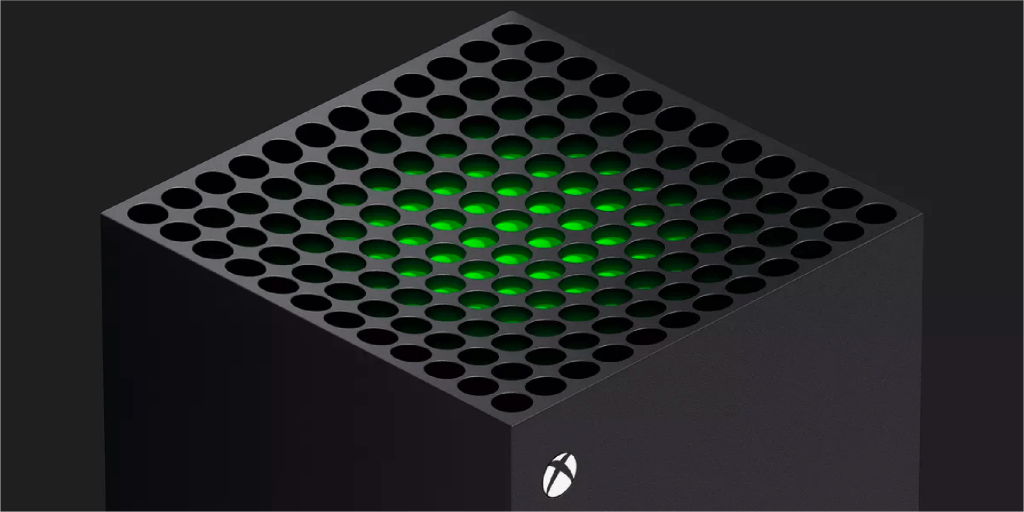
PlayStation 5
As a result of Xbox’s competitive price and spec, Sony were rumoured to have delayed their release a whole week. With an original announcement pencilled in for the 9th September, the date Microsoft conveniently chose to release their prices, they changed the date to the 16th September. With this announcement brought two consoles, the PS5 and the PS5 Digital Edition. There’s only one major difference between the two and that is the 4K UHD Blu-ray disc drive. The PS5 Digital Edition does not include a disc drive, which means there is a significant visual difference as the Digital Edition has a slimmer profile. Unlike the Xbox’s lineup, Sony has not released a ‘budget’ console which could prove to be a costly mistake. The price for the main console is the same as the Series X, putting the PS5 at $499. The Digital Edition is $399, nowhere near Microsoft’s Series S but this isn’t a budget console to directly compete against the Series S; it is essentially a PS5 without a disc drive.
The PS5 possesses an eight-core CPU based on AMD’s 7nm process. The custom chip features eight Zen 2 Cores clocked at 3.5GHz and sports 16GB of GDDR6 RAM, with 10GB running at 560GB/s and 6GB at 336GB/s. The GPU is based on AMD’s Radeon Navi microarchitecture, and will support ray tracing. The storage size is 825GB which is less than the 1TB that will be provided with Xbox Series X, but there’s an expandable NVMe SSD Slot for an extra SSD so you could easily add additional storage into the PS5. The PS5 is capable of 10.28 TFLOPs, which is less than the Xbox Series X’s 12 TFLOPs, and features 36 custom cores clocked at 2.23GHz. The PS5 will be capable of 4K 120Hz gaming, with resolutions potentially reaching 8K sometime in the future, although this is not confirmed.
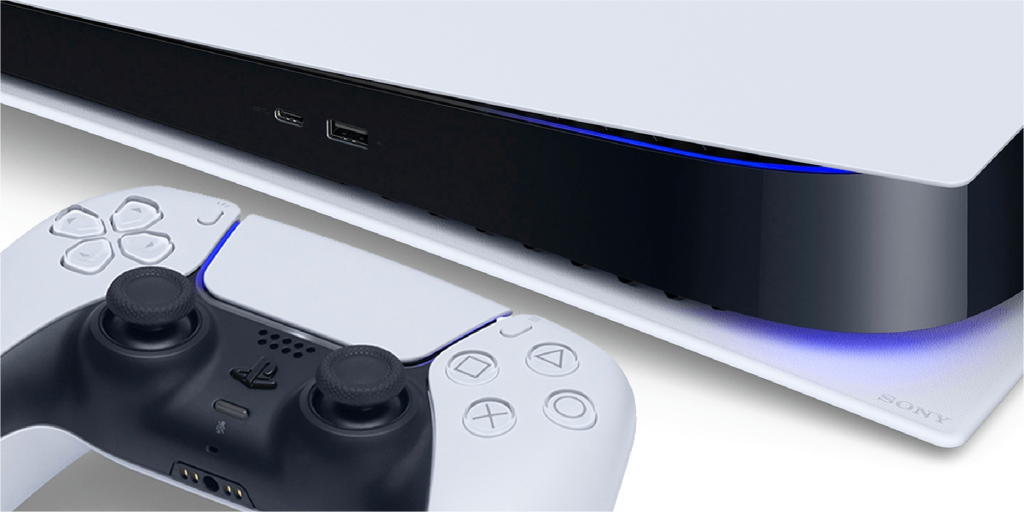
What I think
The Digital Edition is $100 more than the Xbox Series S, although it is better specified and therefore shouldn’t convert too many PlayStation users towards Microsoft. Due to PlayStation’s massive following, they will most likely sell the most units, but when it comes to the Series S vs the Digital Edition I expect that Xbox will wipe the floor with Sony because of the younger generation wanting a cheap way into the Next-Gen market. It creates the perfect Christmas present at an affordable price. As for the PS5 Digital, I predict most people will fork out the extra $100 and go for the PS5, especially since you will end up paying that amount after you’ve paid extra for the extortionately priced games on the PS Store.
I do suspect that Microsoft are making the bare minimum profit on the budget console to get more gamers on their platform, although this strategy makes sense. Once the user is on the platform they have to pay for games and subscriptions which will still bring a massive profit for Microsoft. Once you have a digital console, you are restricted to using the online stores which are usually much more expensive than buying from a retailer. Despite Sony releasing the prices later, they released pre-orders straight away which seems to be a great strategy so far, as they have already sold out at most retailers. Only time will tell whether the Xbox shifts the same number of pre-orders. Overall I expect a similar selling ratio as what we have seen before when it comes to the PS5 vs Series X, with Xbox clawing the figures back ever so slightly at a sales ratio of 2:1 in favour of Sony. Although the Series S will be one to keep an eye on and may encourage new gamers to join the green side.
Sources: www.laptopmag.com, news.xbox.com, www.pocket-lint.com, www.pocket-lint.com, www.express.co.uk, www.techradar.com, www.playstation.com, www.xbox.com


